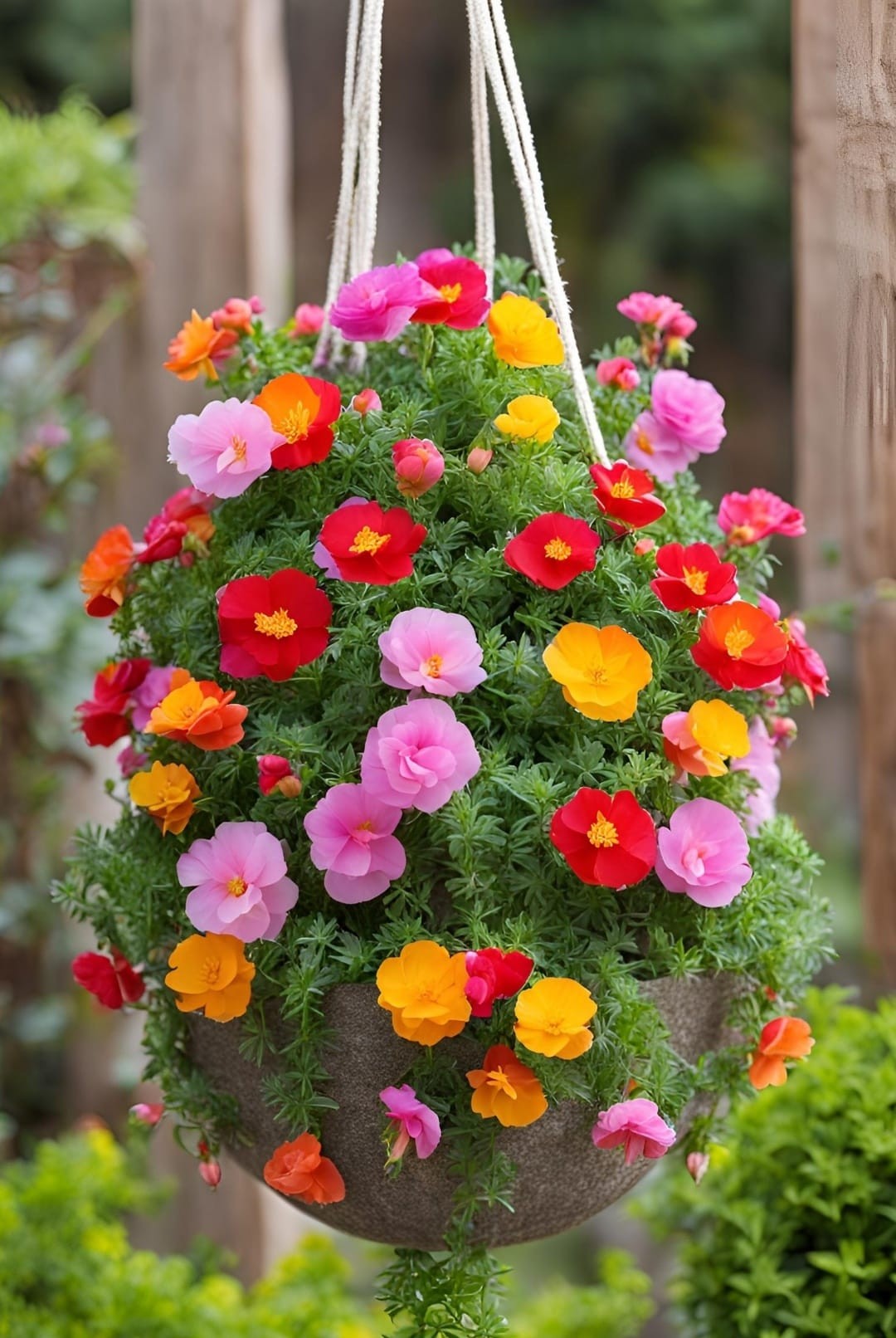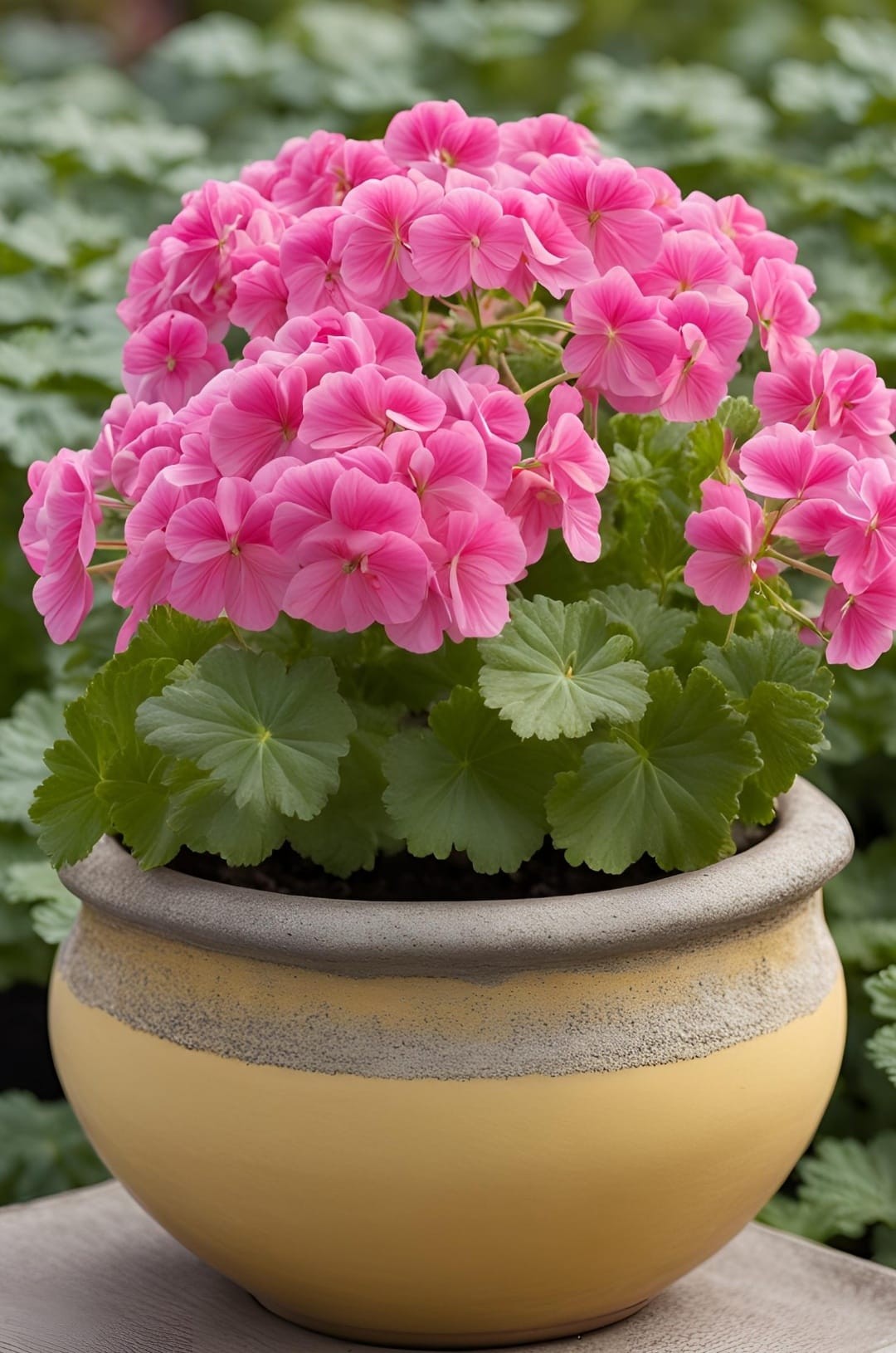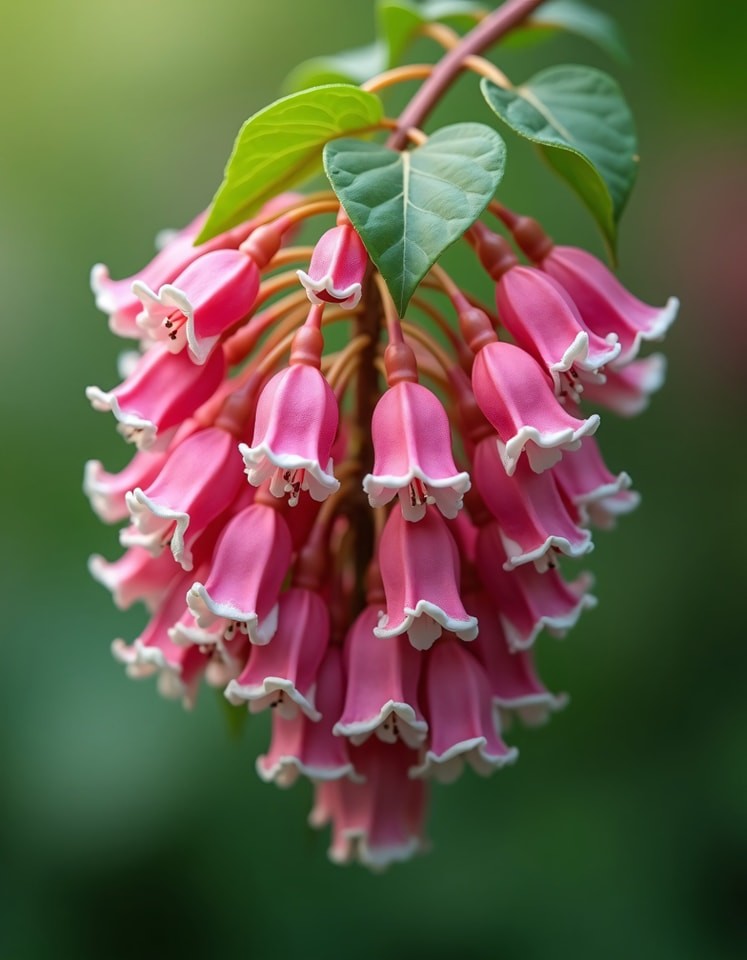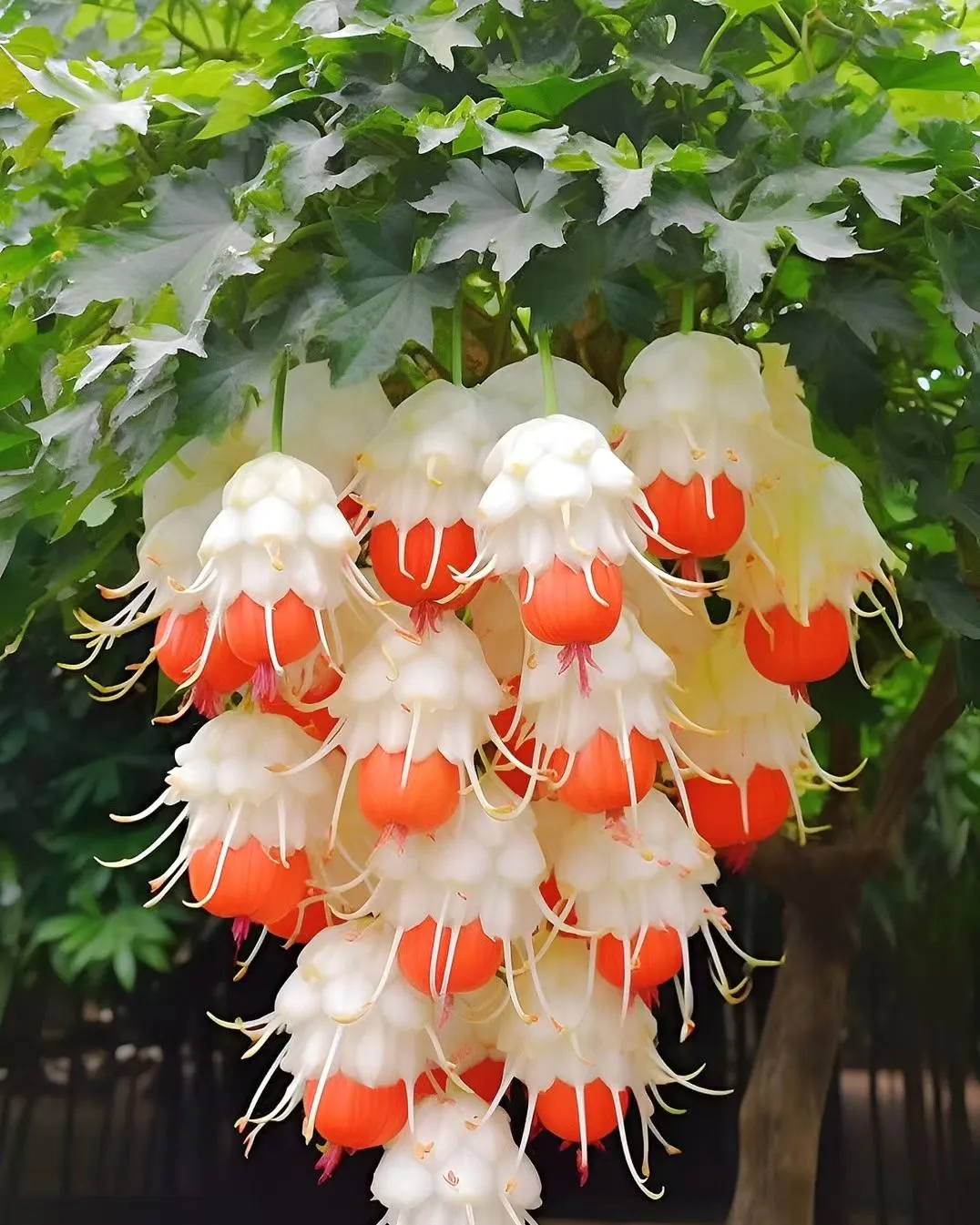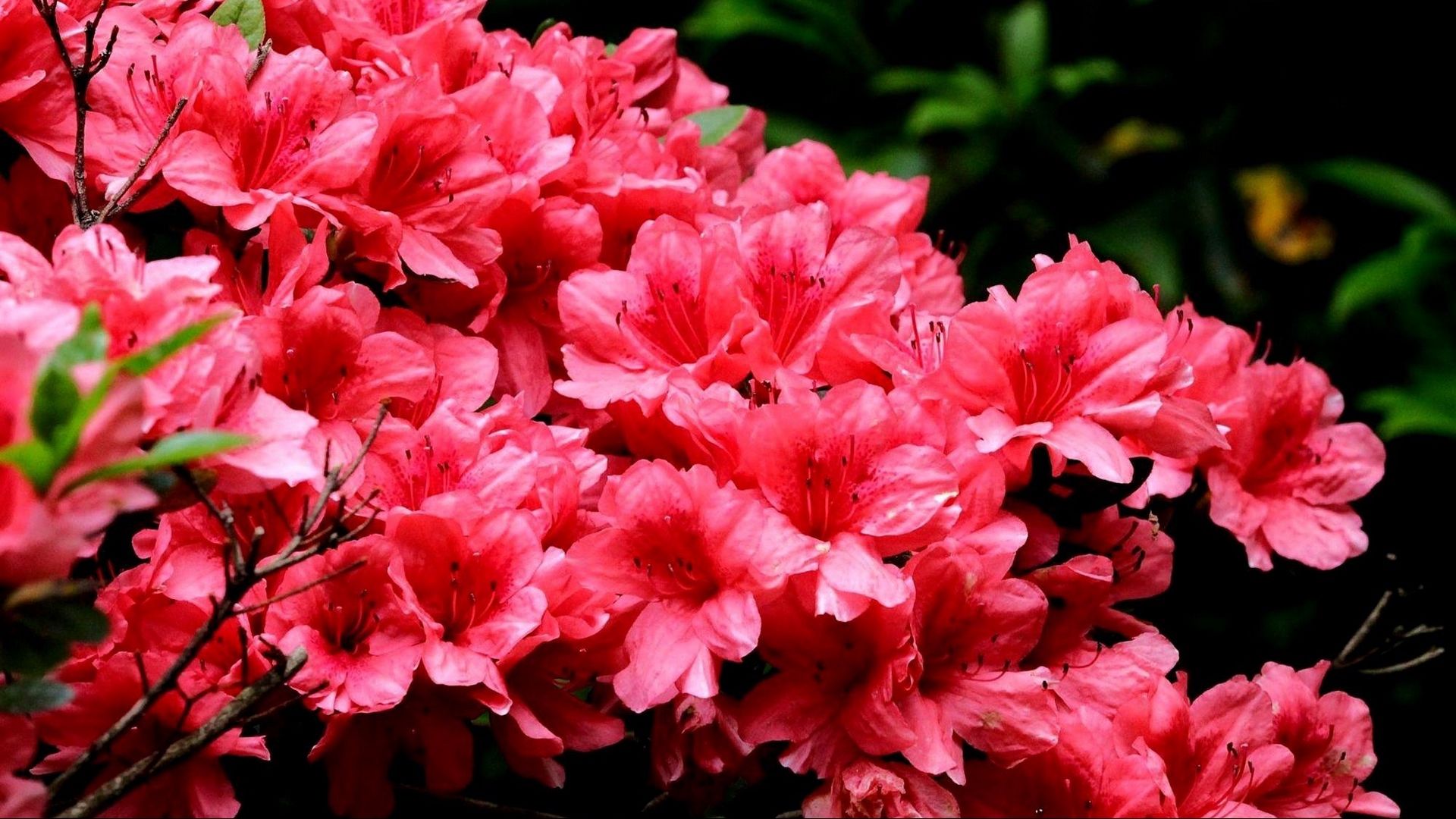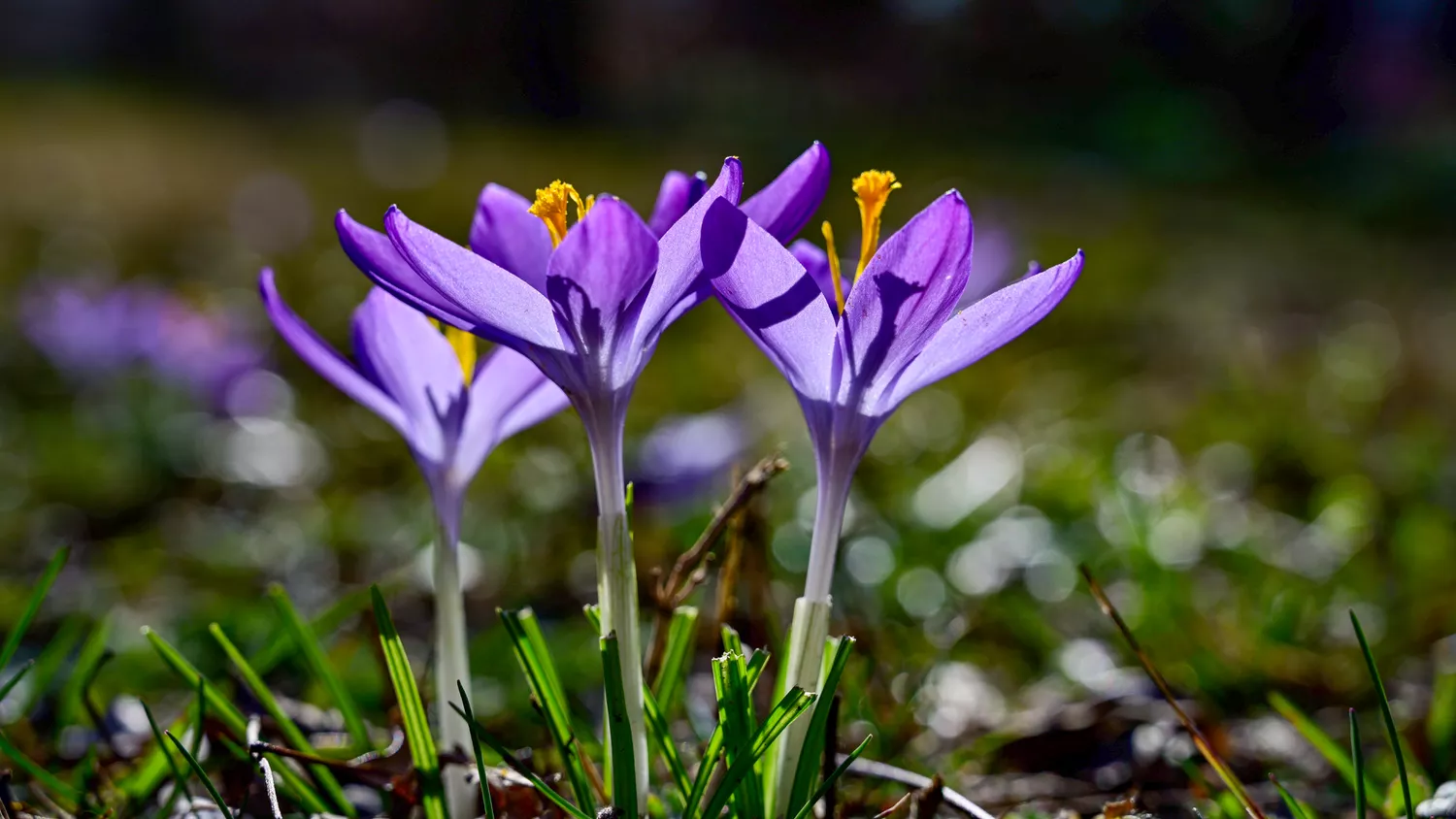Recognized for its role as a staple in cut flower arrangements, Baby’s Breath (Gypsophila paniculata) is a botanical gem that certainly deserves a prominent place in the landscape. Its delicate clusters of tiny flowers in shades of white or pink impart contrast and texture to perennial borders, adorning the landscape from early summer through fall. The wispy, cloud-like appearance of its flowers has an irresistible appeal and exerts a softening influence on the surrounding flora. Additionally, it is excellent for hiding the dwindling foliage of spring-flowering bulbs and effectively filling gaps left by earlier summer blooms, such as oriental poppies (Papaver orientale).

- The growth habit of Baby’s Breath is characterized by decorative mounds, reaching heights and widths of 2 to 3 feet (60-90 cm). These mounds are covered with abundant and long-lasting flowers, single or double, which contrast beautifully with the background of very small blue-green leaves. Blooming in full sun, this plant thrives in medium, dry, well-drained soil. It shows a preference for alkaline soils, which can be facilitated by incorporating lime in acidic soil conditions. Once established, Baby’s Breath prefers not to be disturbed and thrives with minimal intervention.
- This botanical treasure requires minimal maintenance and is highly resistant to disease. It resists drought and salt, making it a versatile choice for various landscapes. Its flowers attract butterflies while they manage to escape the radar of deer.
- For a striking visual presentation, consider planting Baby’s Breath in groups of 3 to 4 specimens. Its versatility extends beyond the boundaries of the garden, making it an exceptional choice for cut flower arrangements.
- With the aim of flowering again? Prune the plant again after the initial flowering cycle, providing the necessary stimulus for a subsequent burst of flowers.
- Although native to Europe and Asia, Baby’s Breath has found a welcoming home in gardens around the world, captivating with its delicate beauty and its ability to accentuate a variety of landscapes. To ensure responsible planting practices and prevent potential invasiveness, it is important to check the status of this species in the United States and explore alternative native plant options.
